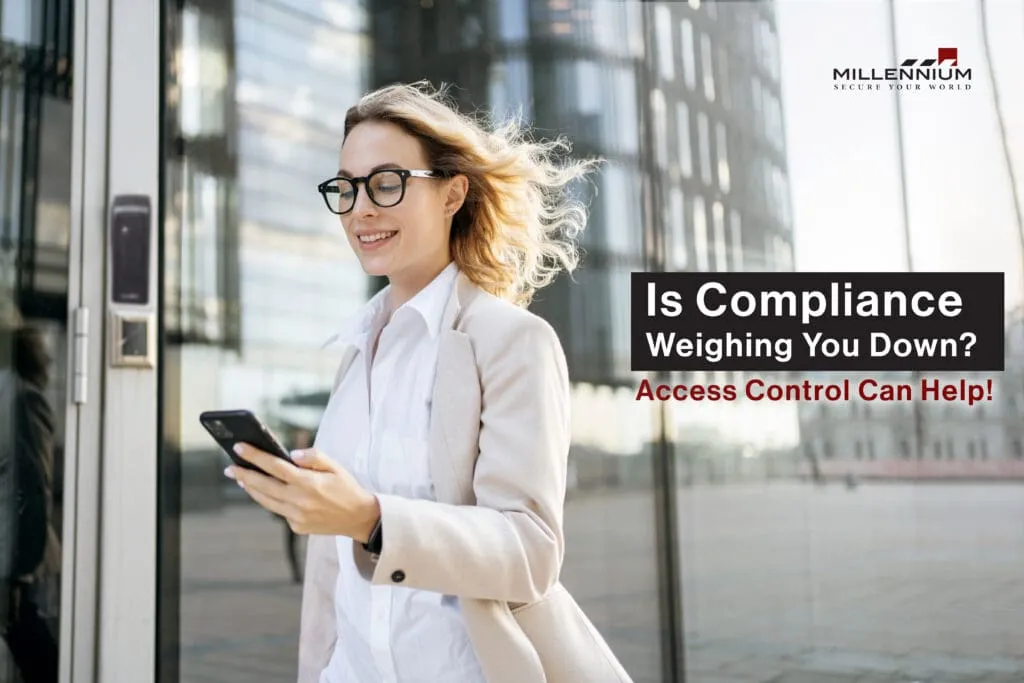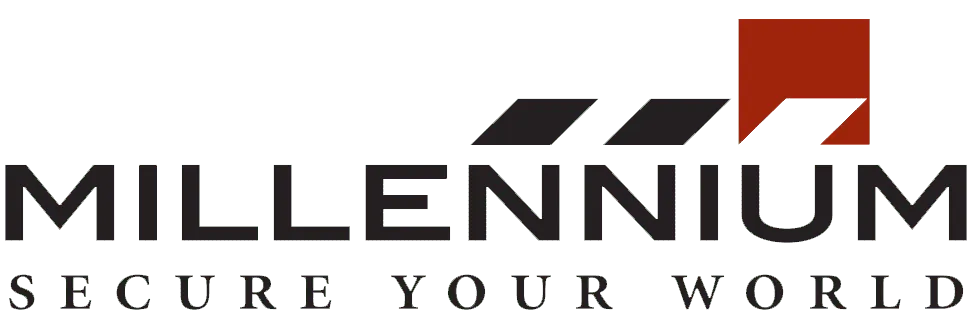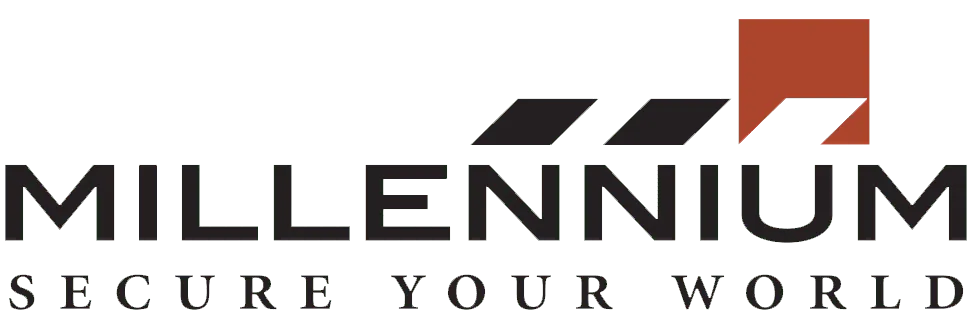Corporate Compliance Made Easy: Leveraging Physical Access Control for Regulatory Adherence

In today’s corporate landscape, compliance with industry-specific regulations is not just a legal obligation but a cornerstone of reputation and trust. Organizations across industries—from healthcare to finance, manufacturing to education—face increasing scrutiny to ensure data security, employee safety, and operational integrity. Achieving this compliance, however, can be a daunting task. Enter the Physical Access Control System, a powerful solution that not only secures your workplace but also simplifies regulatory adherence. Here’s how implementing a Physical Access Control System can help your organization meet compliance standards while enhancing overall security. The Compliance Challenge: Why It’s Critical Compliance requirements vary significantly across industries. For instance: Healthcare organizations must comply with HIPAA regulations to protect patient data. Financial institutions face strict guidelines under PCI DSS and SOX for safeguarding sensitive financial information. Manufacturing and logistics companies must adhere to OSHA standards to ensure workplace safety. Education institutions need to meet FERPA standards to protect student records. Failure to comply can lead to severe consequences, including hefty fines, legal battles, and irreparable damage to your brand’s reputation. The challenge lies in managing these diverse requirements while maintaining day-to-day operations seamlessly. This is where a robust Physical Access Control System becomes indispensable. Key Features of Physical Access Control Systems for Compliance Modern Physical Access Control Systems are designed with features that align with regulatory requirements, making it easier for organizations to achieve and maintain compliance. Let’s explore these features: 1. Detailed Audit Trails One of the primary compliance requirements across industries is the ability to monitor and document access to sensitive areas or data. Physical Access Control Systems provide detailed audit trails that track: Who accessed a particular area. The exact time and duration of access. Any failed attempts to enter restricted zones. These records can be invaluable during audits or investigations, ensuring transparency and accountability. 2. Restricted Area Access Compliance standards often mandate that sensitive areas—such as server rooms, R&D labs, or executive offices—be accessible only to authorized personnel. Physical Access Control Systems enforce these restrictions effectively by: Assigning unique credentials to employees based on their roles. Using multi-factor authentication (MFA) for added security. Limiting access to specific times or days, depending on operational needs. For example, in healthcare, access to medical records storage can be restricted to authorized personnel only, ensuring HIPAA compliance. 3. Customizable Permissions Different roles require different levels of access. With an Physical Access Control System, permissions can be customized to suit your organization’s hierarchy and operational requirements. This granular control ensures that: Employees access only what they need to perform their jobs. Temporary staff or contractors are granted limited access for specific periods. Changes in roles or responsibilities are quickly reflected in access permissions. This flexibility helps organizations align with compliance requirements while maintaining operational efficiency. 4. Integration with Compliance Software Many Physical Access Control Systems integrate seamlessly with compliance management platforms, enabling automated reporting and real-time monitoring. This reduces the administrative burden of compliance and ensures that you stay ahead of regulatory changes. 5. Emergency Lockdown Capabilities In emergencies, such as active shooter situations or natural disasters, compliance regulations often require organizations to have lockdown protocols in place. Physical Access Control Systems enable rapid lockdowns to secure the premises and ensure the safety of employees and visitors. Industry-Specific Applications of Access Control for Compliance Healthcare In addition to HIPAA, healthcare providers must adhere to CMS and Joint Commission standards. Physical Access Control Systems help by: Restricting access to patient files and medication storage. Providing electronic logs for audits. Ensuring compliance with infection control protocols through touchless entry systems. Finance Financial institutions face rigorous compliance standards under regulations like PCI DSS and GLBA. Physical Access Control Systems simplify compliance by: Monitoring access to data centers and vaults. Enforcing MFA for all employees. Generating compliance reports for regulatory agencies. Education Schools and universities must protect student records under FERPA and ensure campus safety. Access Control helps by: Controlling access to administrative offices and dormitories. Providing real-time monitoring of campus activity. Creating detailed records for state and federal audits. Manufacturing Manufacturing facilities must comply with OSHA and other safety standards. Physical Access Control Systems assist by: Restricting access to hazardous areas. Monitoring compliance with safety training requirements. Automating incident reporting processes. The Future of Compliance: Cloud-Based Access Control Systems As regulatory landscapes evolve, organizations need future-proof solutions to stay compliant. Cloud-based Physical Access Control Systems offer several advantages: Remote Management: Administrators can manage permissions, monitor activity, and generate compliance reports from anywhere. Scalability: Easily adapt to changes in organizational size or compliance requirements. Real-Time Updates: Stay ahead of regulatory changes with software updates and integrations. These systems not only enhance security but also provide the flexibility needed to meet dynamic compliance demands. Why Compliance Is a Continuous Journey Regulatory adherence is not a one-time achievement but an ongoing process. As regulations evolve, organizations must adapt their security measures to maintain compliance. A Physical Access Control System provides the tools and flexibility needed to navigate this journey with confidence. Conclusion: Simplify Compliance with Access Control Compliance doesn’t have to be a headache. With the right Physical Access Control System, your organization can meet regulatory requirements while enhancing security, productivity, and peace of mind. From detailed audit trails to customizable permissions and cloud-based solutions, modern Physical Access Control Systems empower businesses to stay compliant in an ever-changing landscape. Ready to elevate your compliance strategy and enhance security? Book a demo today to learn how our cutting-edge Physical Access Control Systems can transform your organization. Millennium is a scalable, hosted, access control platform that services any type of real estate. Our cloud-based solution allows managers and tenants to efficiently manage their physical security from anywhere while enhancing experience and driving profitability.




